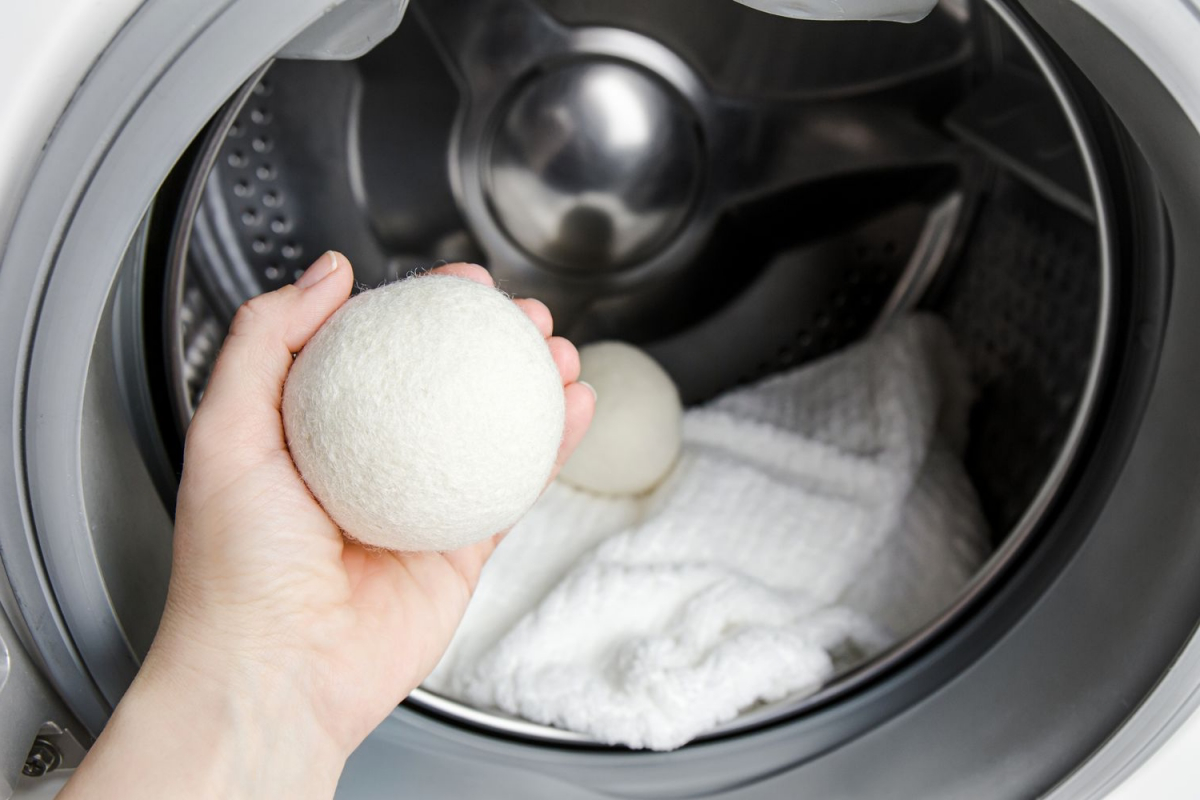The Magic of Dryer Balls: Types, Cost, Alternatives & More
Laundry day – a task that can feel like both a chore and an accomplishment. The satisfaction of clean, fresh clothes, and linens is undeniable. But what if there was a laundry hack that could make this routine even better, easier, and more eco-friendly? Enter dryer balls, the unsung heroes of laundry day. In this comprehensive guide, we’ll explore everything you need to know about laundry balls, from what they are to their advantages and even alternatives. Get ready to transform your laundry game! Let’s dive into the nitty-gritty of dryer balls, their types, alternatives, and more! What are Dryer […]
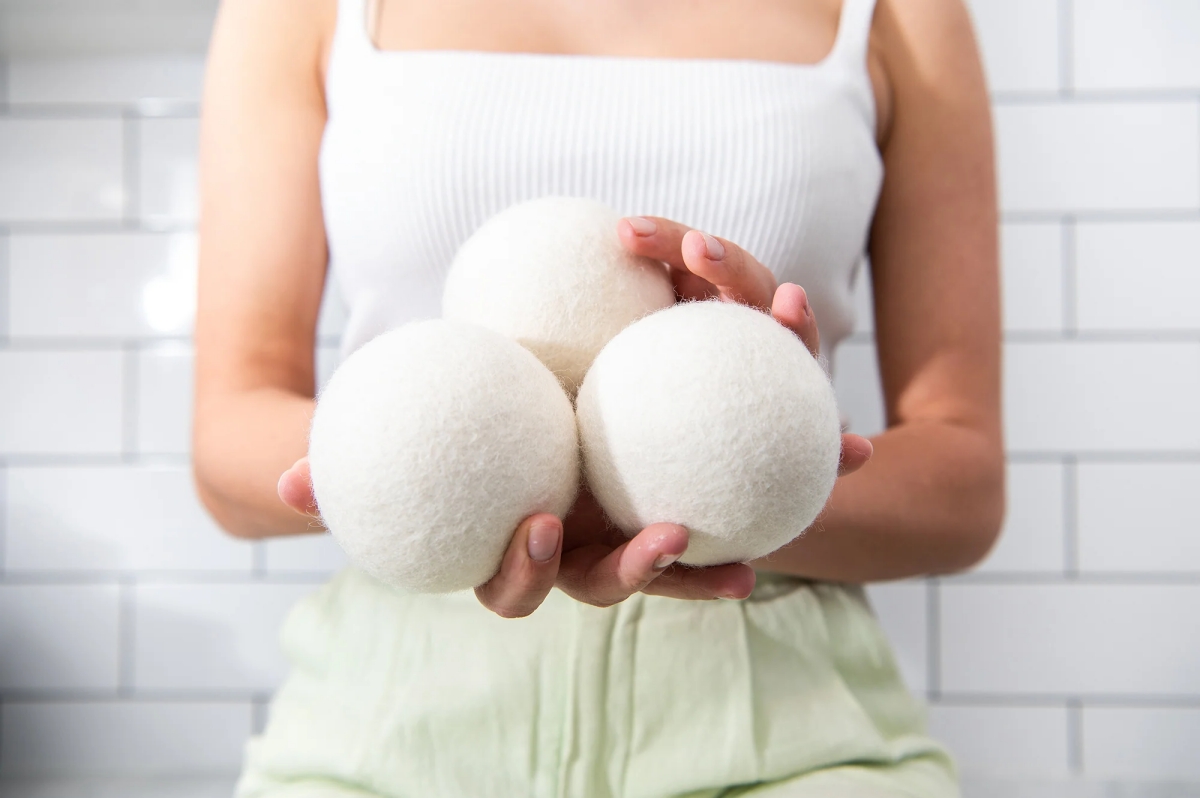
Laundry day – a task that can feel like both a chore and an accomplishment. The satisfaction of clean, fresh clothes, and linens is undeniable. But what if there was a laundry hack that could make this routine even better, easier, and more eco-friendly? Enter dryer balls, the unsung heroes of laundry day. In this comprehensive guide, we’ll explore everything you need to know about laundry balls, from what they are to their advantages and even alternatives. Get ready to transform your laundry game!
Let’s dive into the nitty-gritty of dryer balls, their types, alternatives, and more!
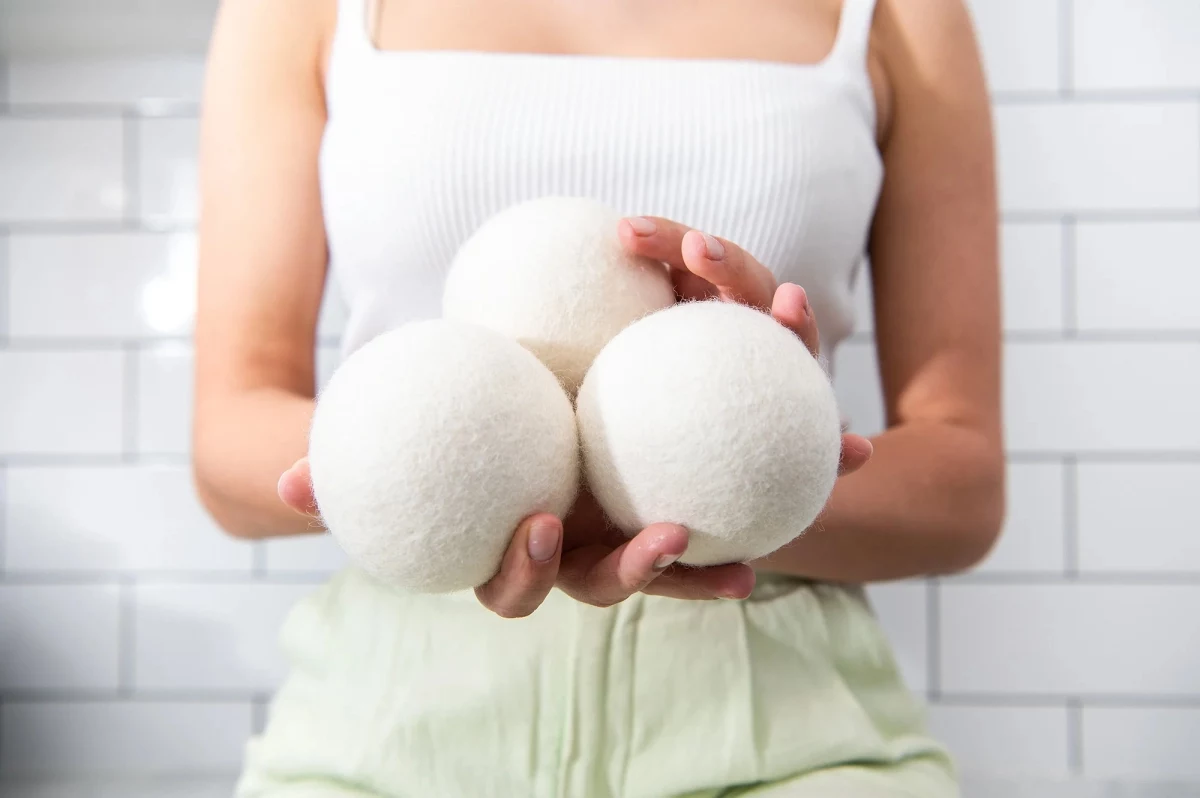
What are Dryer Balls?
Let’s start at the beginning. Dryer balls are ingenious little helpers that have been gaining popularity among those in the know. But what exactly are they? Well, laundry balls are typically small, round objects made of various materials, such as wool, silicone, or plastic. Their primary purpose is to reduce drying time and naturally soften fabrics during the laundry process. These little wonders bounce around in your dryer, creating space between your clothes and allowing hot air to circulate more efficiently. The result? Faster drying times, reduced wrinkles, and fluffier textiles.
Laundry balls are typically small, round objects made of various materials, such as wool, silicone, or plastic

What Are the Types of Dryer Balls?
When it comes to dryer balls, it’s essential to know that they come in various materials, each offering a unique set of benefits. Let’s explore the most common types of dryer balls to help you make an informed choice for your laundry needs:
Wool Dryer Balls
- Crafted from 100% natural wool, these laundry balls are celebrated for their remarkable qualities. Wool is known for its moisture-absorbing capacity, which helps shorten drying time while reducing energy consumption. As the dryer balls tumble with your laundry, they create space between the clothes, allowing for better airflow. This increased circulation not only results in faster drying but also helps prevent wrinkles by reducing fabric friction.
- One of the standout features of wool dryer balls is their ability to reduce static cling. Say goodbye to the annoyance of clothes sticking together or sparking with static electricity.
- Wool laundry balls excel at eliminating static, leaving your garments soft, fresh, and ready to wear.
- For those who prioritize eco-friendliness, wool dryer balls are a fantastic choice. They are biodegradable, making them an environmentally conscious alternative to disposable dryer sheets. With proper care, wool laundry balls can last for numerous laundry cycles, saving you money in the long run.
Wool is known for its moisture-absorbing capacity, which helps shorten drying time

Silicone Dryer Balls
- If you have wool allergies or prefer a different material, silicone laundry balls are an excellent option. These vibrant and resilient balls are designed to serve a similar purpose as their wool counterparts. By creating space between your clothes, silicone laundry balls promote improved airflow within the dryer.
- The increased circulation leads to quicker drying times, which not only saves energy but also helps extend the lifespan of your clothing by reducing exposure to high heat. Silicone dryer balls are exceptionally durable and can withstand repeated use without wearing down.
- While silicone laundry balls may not have the moisture-absorbing properties of wool, they still contribute to softer, fluffier laundry. Their gentle tumbling action helps prevent clothes from clumping together, leading to a more evenly dried and less wrinkled load.
Plastic Dryer Balls
- Plastic dryer balls are another popular choice in the world of laundry aids. These balls often feature spikes or nodules on their surface, which serve multiple purposes. First and foremost, they help prevent clothes from tangling during the drying cycle. This not only reduces wrinkles but also minimizes the need for ironing.
- The textured surface of plastic laundry balls can also act as a gentle fabric softener, effectively fluffing up your laundry and enhancing its overall feel. As the balls move around in the dryer, they massage and separate the fibers, resulting in softer and more comfortable garments.
- Budget-friendly and long-lasting, plastic dryer balls are a practical choice for those looking to improve their laundry routine without breaking the bank. They can be used repeatedly, making them a cost-effective alternative to single-use dryer sheets.
The textured surface of plastic laundry balls can also act as a gentle fabric softener
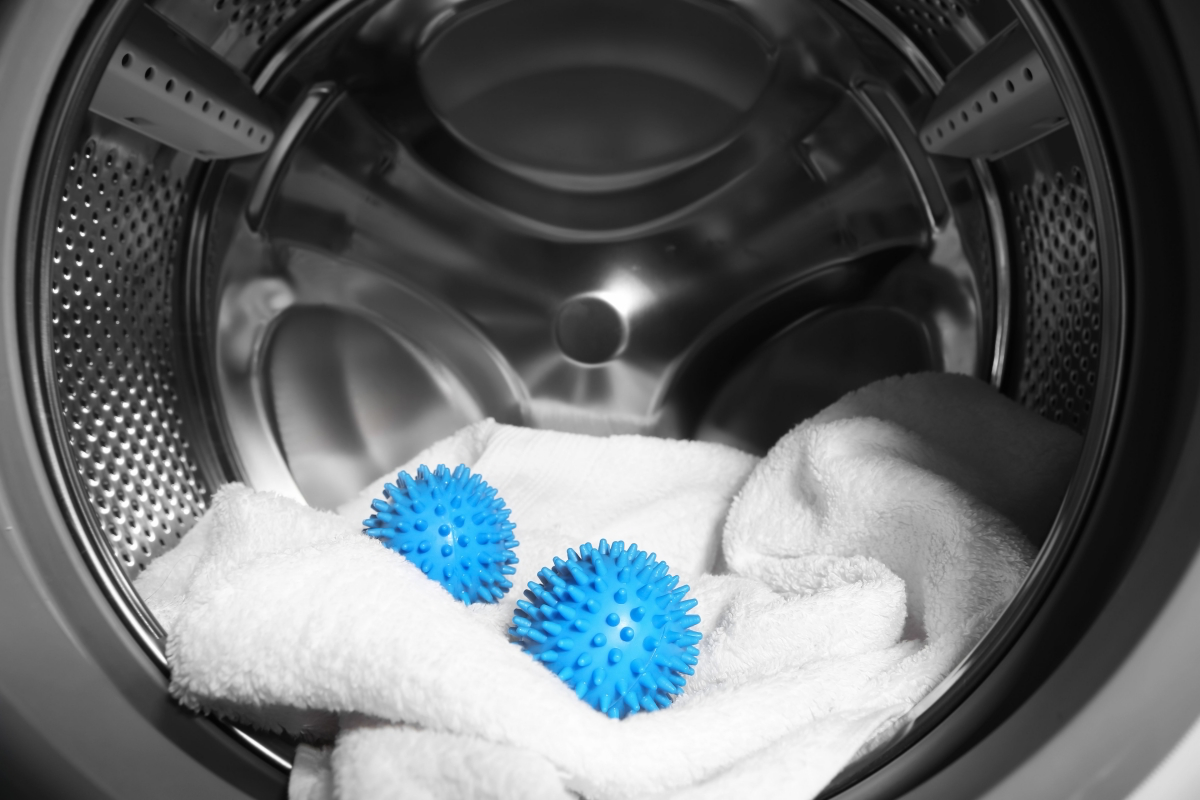
How Much Do They Usually Cost?
Now, let’s address the practical aspect: the cost. The good news is that dryer balls are an economical choice in the long run. A set of wool laundry balls, which usually includes three to six balls, can range from $10 to $20. Silicone and plastic dryer balls are even more budget-friendly, often priced at less than $10 for a set.
A set of wool laundry balls can range from $10 to $20

Who Should Get Laundry Balls?
The laundry aficionado in you might wonder, “Are laundry balls suitable for me?” In most cases, the answer is a resounding “Yes!” Dryer balls can benefit a wide range of people:
- Busy Moms and Dads: If you have a household full of laundry and little time to spare, laundry balls can help speed up the drying process, leaving you more time for the important stuff.
- Eco-Enthusiasts: For those looking to reduce their carbon footprint, dryer balls are an eco-friendly alternative to chemical-laden dryer sheets. Say goodbye to single-use sheets and hello to a greener laundry routine.
- Sensitive Skin Sufferers: Dryer balls are a skin-friendly option. Wool laundry balls, in particular, are hypoallergenic and gentle on sensitive skin, making them a suitable choice for the whole family.
- Utility Bill Savers: By reducing drying time, dryer balls can help trim your energy bill. That’s money saved with every load of laundry!
If you have a household full of laundry and little time to spare, laundry balls can help speed up things

Who Should Avoid Them and Why?
While dryer balls are a laundry game-changer for most, there are situations where they might not be the best fit:
- Allergic to Wool: If you have a wool allergy, it’s best to steer clear of wool dryer balls. Opt for silicone or plastic alternatives instead.
- Small Appliance Users: If you’re using a small, compact dryer, laundry balls might not leave enough space for effective circulation, negating their benefits.
- Fabric-Care Aficionados: Some delicate fabrics, like silk or satin, may not fare well with laundry balls, as the mechanical action of the balls can be too harsh. Always check fabric care labels.
If you have a wool allergy, it’s best to steer clear of wool laundry balls
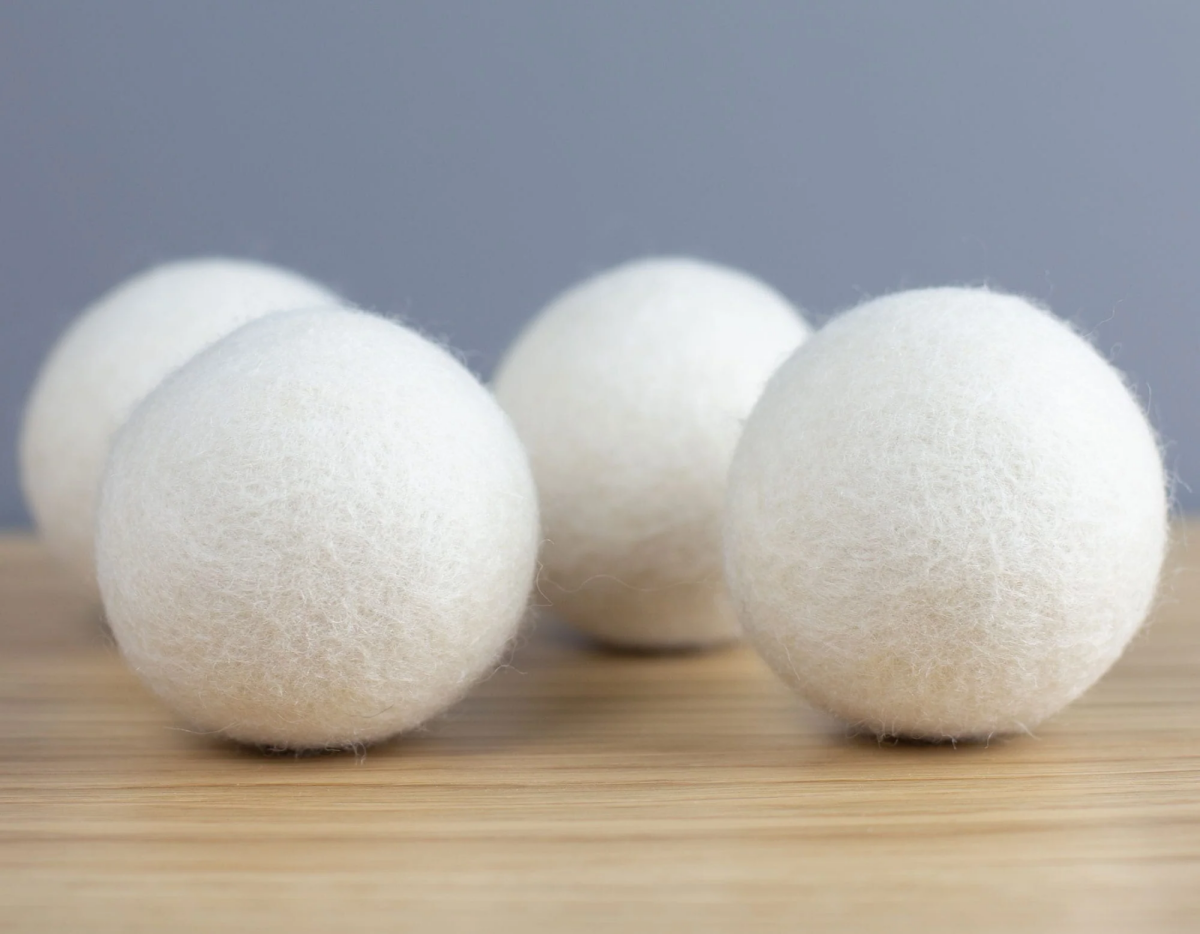
Advantages and Disadvantages of Using Laundry Balls
Now that we’ve covered the basics, let’s dive into the nitty-gritty of laundry balls. Like any laundry solution, they come with their own set of pros and cons:
Advantages
- Faster Drying: Dryer balls help clothes dry faster by increasing airflow and reducing moisture.
- Reduced Wrinkles: The mechanical action of laundry balls keeps clothes from tangling, reducing wrinkles and the need for ironing.
- Fabric Softening: Say goodbye to chemical-laden dryer sheets. Dryer balls naturally soften fabrics, leaving them fluffy and comfortable against the skin.
- Eco-Friendly: Laundry balls are reusable and typically made from natural materials, making them an eco-conscious choice.
Dryer balls naturally soften fabrics, leaving them fluffy and comfortable against the skin

Disadvantages
- Not Ideal for All Fabrics: Delicate fabrics like silk or velvet may not fare well with dryer balls, as the mechanical action can be too harsh.
- Noise Level: The thumping sound of laundry balls bouncing around in the dryer might be a bit noisy for some.
- Initial Cost: While they save money in the long run, the initial cost of purchasing dryer balls might deter budget-conscious individuals.
The initial cost of purchasing laundry balls might be considered a disadvantage

Dryer Balls Alternatives That are Just as Good
When it comes to laundry, laundry balls are like little miracle workers, but they’re not the only game in town. If you’re looking for alternatives to dryer balls or want to explore different methods to achieve that fresh, static-free laundry, you’re in luck! There are several effective alternatives that can provide similar benefits. Let’s take a closer look at these laundry heroes:
DIY Dryer Balls
- Aluminum Foil Balls: Have you ever thought about crumpling up some sheets of aluminum foil into tight balls and tossing them into the dryer with your wet laundry? It might sound unconventional, but these foil balls are surprisingly effective. They help reduce static, and as they tumble around, the movement of the foil can even help soften your fabrics.
- Tennis Balls or Rubber Balls: Tennis balls aren’t just for the court; they can also be your laundry allies. Clean rubber balls work too! Throw a few tennis balls or rubber balls into the dryer, and they’ll help fluff and separate your laundry, which in turn reduces drying time and minimizes wrinkles. Just be cautious with delicate fabrics, as the vigorous bouncing might cause pilling.
- Wool Dryer Balls: If you’re looking for a more eco-friendly alternative to plastic laundry balls, wool laundry balls are the answer. Made from 100% natural wool, these little spheres are champions at softening fabrics, reducing static, and speeding up drying time. Plus, you can customize your laundry’s scent by adding a few drops of your favorite essential oils to the wool laundry balls for a delightful fragrance.
- Wool Dryer Balls with Essential Oils: Take your wool dryer balls to the next level by adding a few drops of your favorite essential oils to them. As they tumble in the dryer, these scented laundry balls will leave a pleasant fragrance on your laundry.
- DIY Dryer Sachets: Feeling crafty? You can create your own dryer sachets by filling small cloth bags with dried herbs or flowers like lavender or rosemary. Not only do these sachets reduce static, but they also infuse your clothes with a delightful, natural fragrance.
Tennis balls aren’t just for the court; they can also be your laundry allies
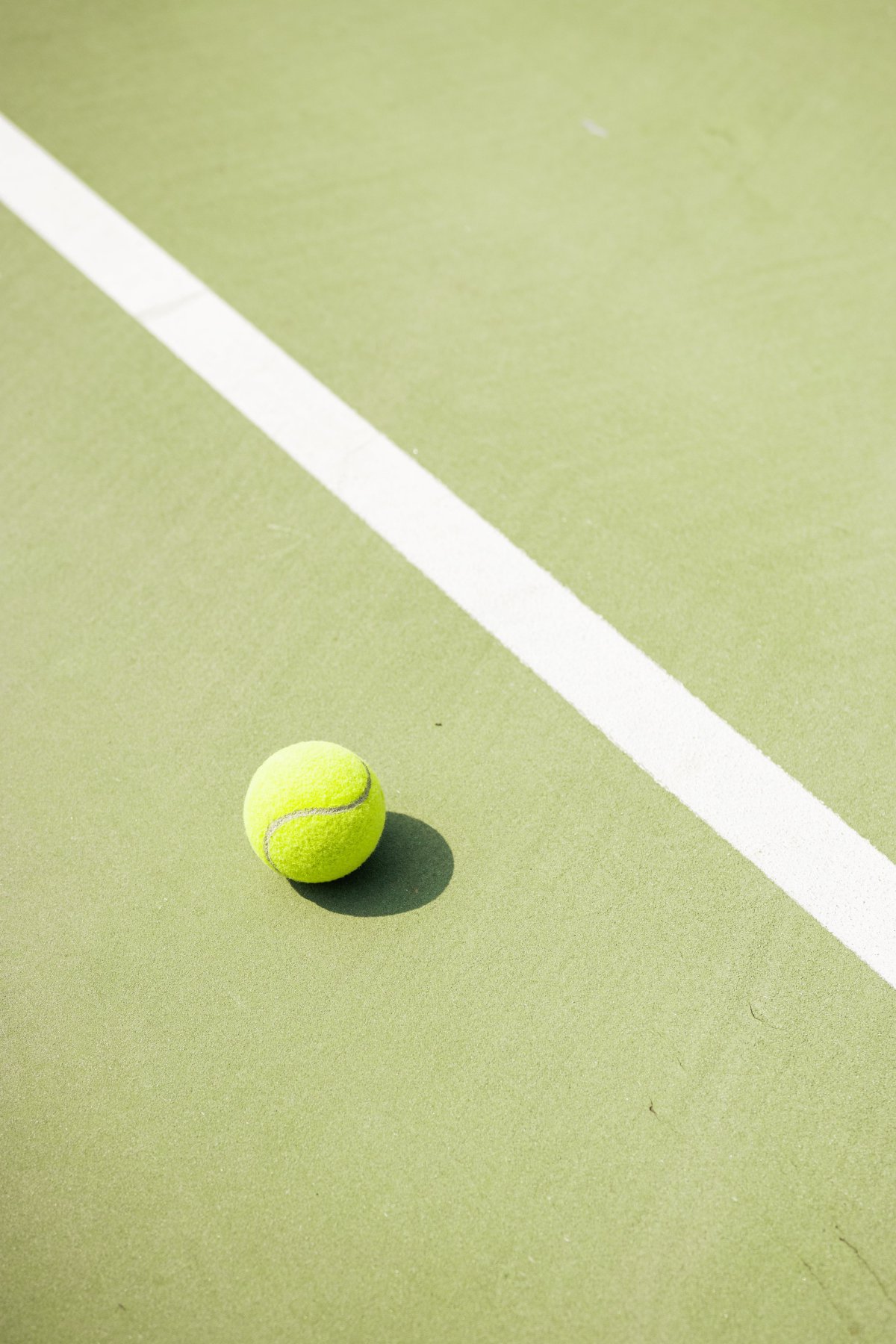
Dryer Ball Alternatives
- Reusable Dryer Sheets: Reusable dryer sheets are typically crafted from fabric and can be used multiple times. They’re infused with natural or unscented oils to reduce static and leave your clothes smelling fresh. You get the benefits of dryer sheets without the waste of single-use ones.
- Dryer Sheets: Traditional disposable dryer sheets are a familiar choice for reducing static and adding a pleasant scent to your laundry. They’re convenient but less eco-friendly compared to reusable alternatives. If convenience is your top priority, these are still a valid option.
- Dryer Sachets: For a touch of natural fragrance and reduced static, consider using dryer sachets. These are small cloth bags filled with aromatic natural materials like lavender, chamomile, or cedar chips. Toss one in with your laundry, and your clothes will come out smelling lovely.
- Vinegar Rinse: In the rinse cycle of your washing machine, add 1/4 to 1/2 cup of white vinegar. Vinegar works wonders by softening fabrics, reducing static, and even helping to remove detergent residue.
- Air Drying: For delicate fabrics or items that tend to shrink, consider air drying them on a drying rack or a clothesline. Not only is this method gentle on your clothes, but it also reduces the need for any dryer accessories altogether.
For delicate fabrics or items that tend to shrink, consider air drying them
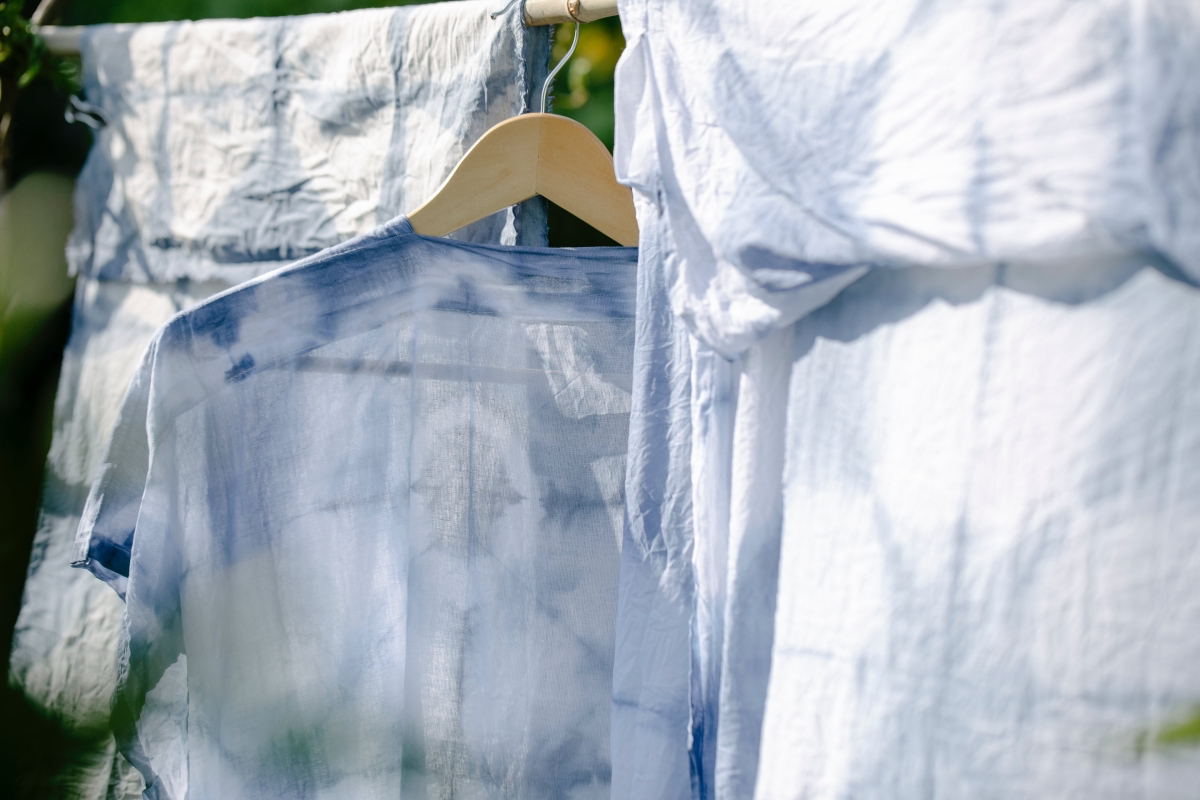
Each of these alternatives offers its own set of benefits and may be better suited to specific laundry needs. Whether you choose wool dryer balls, tennis balls, or any of the other options, you can enjoy softer, static-free, and faster-drying laundry without the use of single-use dryer sheets or excessive energy consumption. It’s all about finding the solution that works best for you and your laundry preferences.
Find the alternative that works best for you and your family
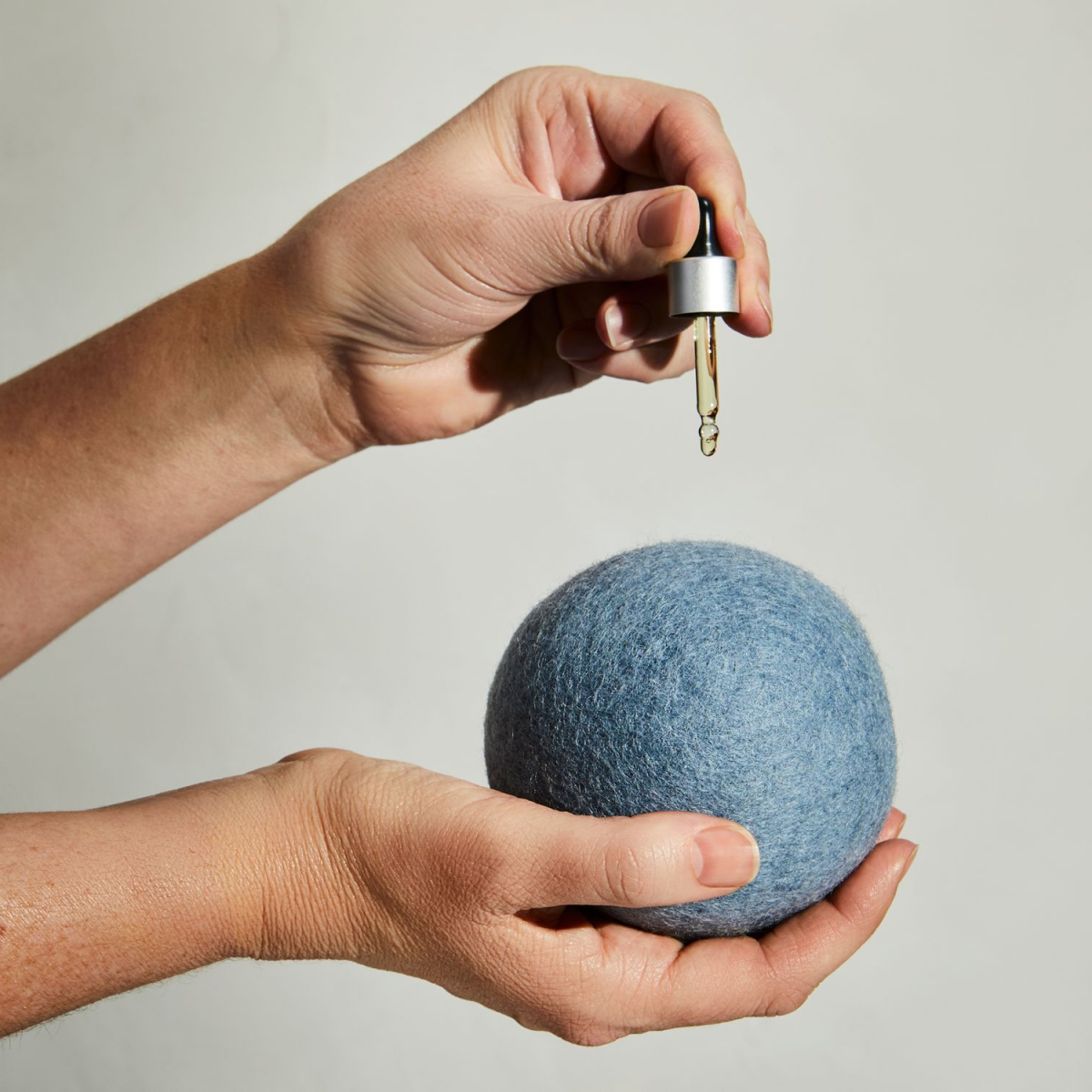
Conclusion
As we wrap up our journey into the world of dryer balls, it’s clear that these unassuming laundry aids are game-changers in the realm of laundry. From faster drying times to wrinkle reduction and fabric softening, laundry balls offer an array of benefits that make laundry day a breeze. While they may not be suitable for all fabrics or dryer sizes, they’re undoubtedly worth a try. So, whether you’re a busy parent, an eco-conscious individual, or simply someone looking to simplify your laundry routine, laundry balls might just be your laundry’s new best friend. Give them a whirl, and watch your laundry transform before your eyes!
Now you know why dryer balls can be a great addition to your household!
